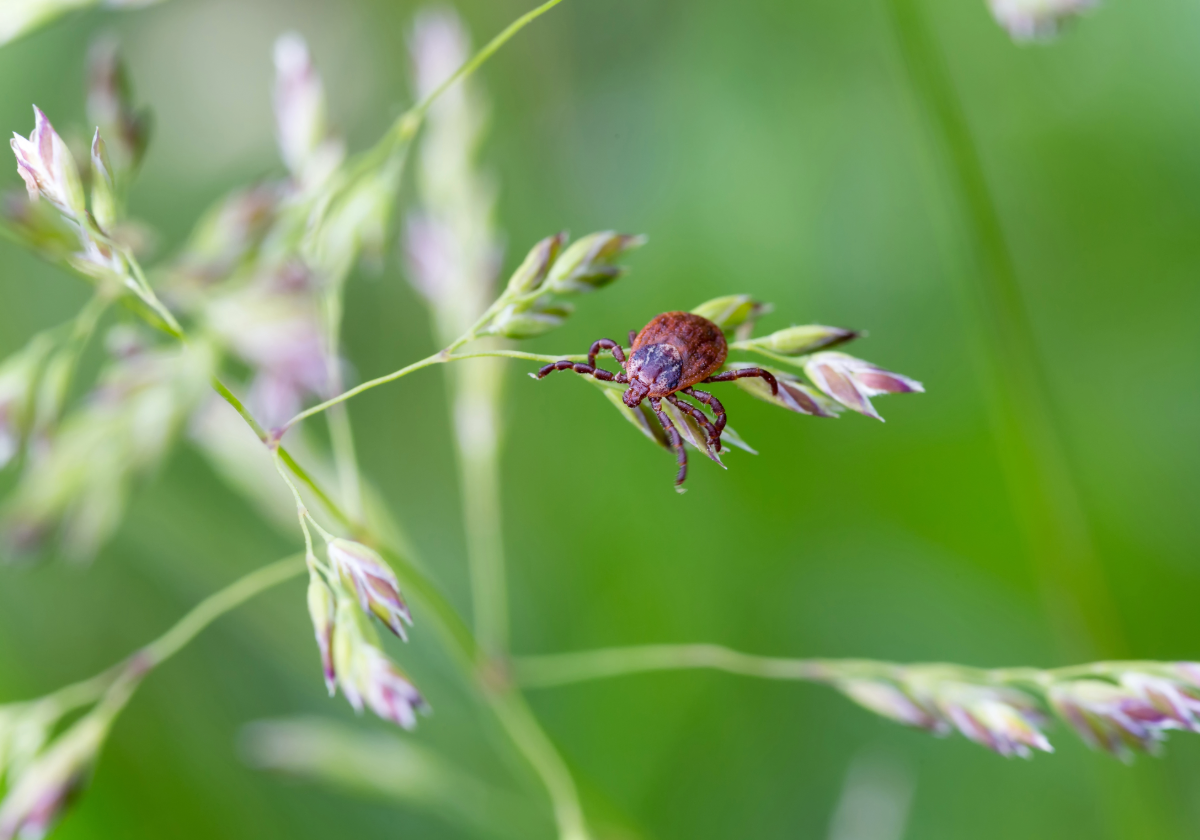It’s that time of year again. The kids are back in school, the temperatures are rising and falling drastically every day, and lice are taking advantage of all those discarded winter hats to spread wherever they can. Lice is an infestation that, while far less damaging than some other insect encroachments, is often viewed as much more horrible, mainly because lice want to live not merely in people’s houses, but on the people themselves. Lice are tiny creatures that lay even tinier eggs, but having them can be very irritating, as their bites itch acutely.
Preventing the spread of lice is all about vigilance and good habits. Rule number one: Don’t let your kids share hats and other clothing. Normally we encourage sharing, but in this case, your child’s classmate’s caregiver will not appreciate it, and neither will you if you’re on the receiving end. Practicing good hygiene is another simple step to decrease the chance of lice infestation, and being aware of shared spaces and furniture when lice are going around is also a wise practice.
But what if the lice are already here? How can I tell? The first indication will likely be the most obvious. If you realize that you’ve been quite itchy lately, or notice your child scratching a lot, it’s a good idea to check for lice. Grown lice are often visible upon inspection, ranging from 1 to 4 mm in length and usually possessing a brownish coloring. Head lice will reside near the base of the hair, where they lay their eggs. These “nits” are extremely small lumps on your hair follicles, which are dark when unhatched, but look whitish when empty. A magnifying glass is a helpful tool for positively identifying lice. Body lice usually lay their eggs in the seams of clothing, making it a good idea to pay special attention to clothing if body lice are a suspected.
While usually a strict and methodical routine, lice treatment is actually fairly simple. Usually, it only takes one treatment using medicated shampoo or lotion to kill all hatched lice on a person’s head, removing the risk of transmission. The important part is ensuring that a fresh batch of lice doesn’t hatch and begin the process all over again. Combing for nits with a nit comb daily for at least ten days is advised for head lice, and most treatments suggest shampooing at least once more 5 to 12 days after the first application. Beyond this there’s really nothing to worry about with lice as long as you keep track of clothing and furniture; in fact, for body lice good hygiene and careful management of clothing is often the only required remedy. Lice can only live about two days without feeding, so a couple weeks of attention and treatment is normally all it takes to wipe them out entirely.



